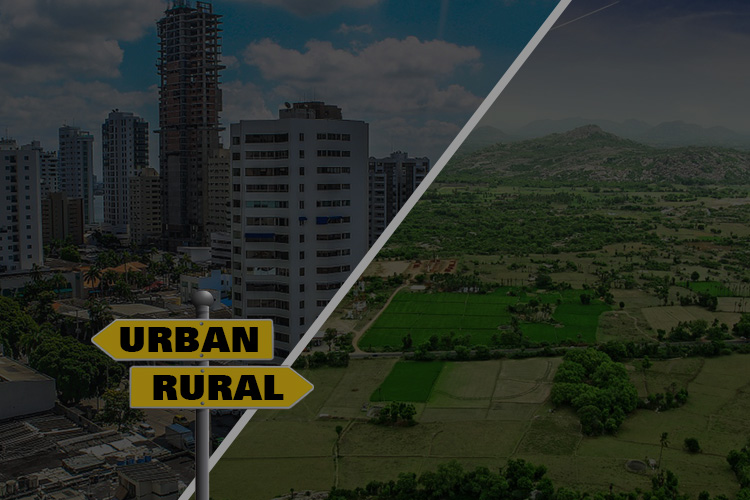Broadcasting Surgery – The technology already exists – all that’s required now is some enthusiasm!
Surgeons work right on the forefront of healthcare. Conducting life-changing and life-saving procedures, they are responsible for delivering essential interventions in acute, critical and emergency care. In the current digital era, the viewing of live surgery is considered to be an essential part of surgical training both, for open and laparoscopic surgeries. Also, this methodology can revolutionize surgical education and training, particularly for developing countries that don’t have the resources and facilities.
The idea of broadcasting live surgery has been around for several years. However, it’s been largely limited to uses such as add-ons to conferences. Because they haven’t been done so regularly, broadcasts tend to be expensive, time consuming, of variable quality and limited availability.
The phenomenal advances made in audio-visual technologies and high-speed telecommunication systems in the recent years have provided surgeons with unique opportunities. Video streaming and bandwidth availability, combined with the installation of camera systems within operating rooms have literally taken the operation theaters to the classrooms. The unique and unparalleled view of an operation means trainee surgeons know better what to expect when they go in to the operating theatre.
Why ‘Live Broadcast’?
Experience is critical
Surgical procedures can range from the routine and straightforward to the highly complex and specialized. Broadcasted surgeries are of expert practitioners and seasoned surgeons who have pioneered a particular technique and may in some cases be the only person in the world offering it. Broadcasting a surgery permits “virtual” access to the operating room for those who can’t physically be there. It also enables non-specialist surgeons in remote areas to access the expertise of more specialist surgeons in major centers. Advice can be sought from an expert not just in another city but also another country, offering guidance on every step to be taken.
Development of competence
The adage “See one, do one, teach one” is familiar to surgical trainees. Training new surgeons is extremely critically to healthcare in every aspect. Thanks to technology, expert surgeons do not have to travel to lecture or teach, they can do so remotely. It creates the opportunity for potentially thousands of trainee surgeons worldwide to gain the benefit of watching a specialist perform and talk through a single procedure, greatly increasing the flow of knowledge. And it gives the learners the excitement of being able to learn from the best surgeons in the world, in wide variety of disciplines.
Crisis management
Broadcasting facilitates continuing education and is useful when surgeons encounter a rare condition or procedure. The videos are archived so if a surgeon in another part of the world finds himself/ herself in a similar situation, they can search for the relevant technique. All that’s needed is a working internet connection or access to a mobile phone network. The videos can also be viewed on all mobile devices, such as iPads and smart phones.



